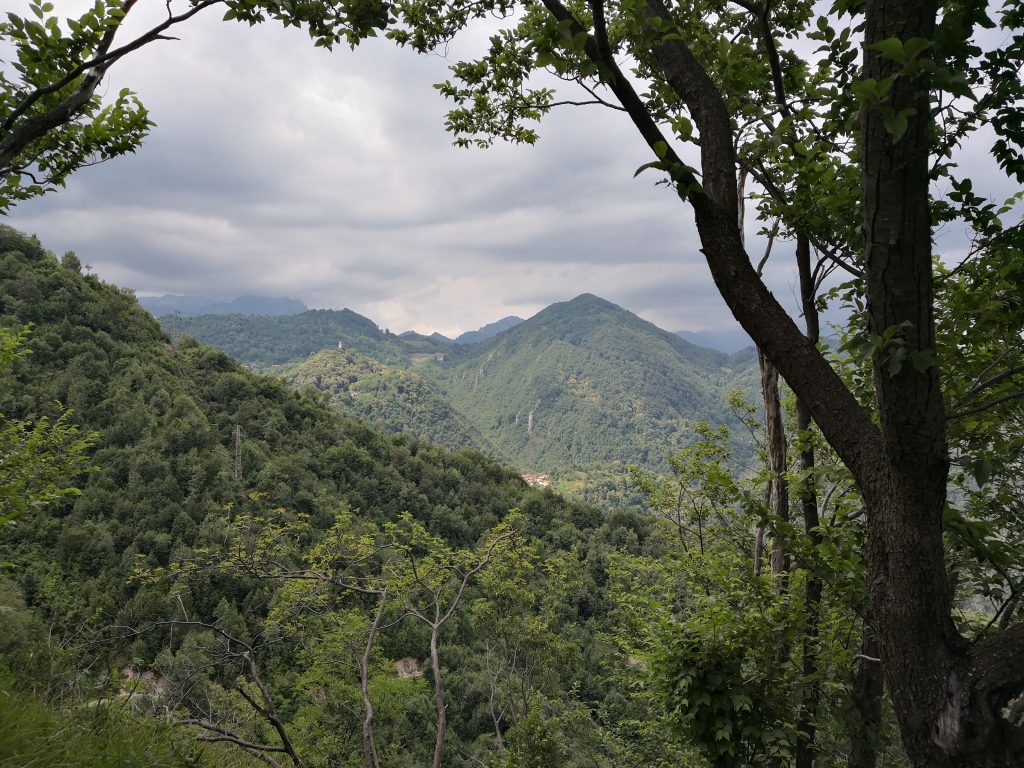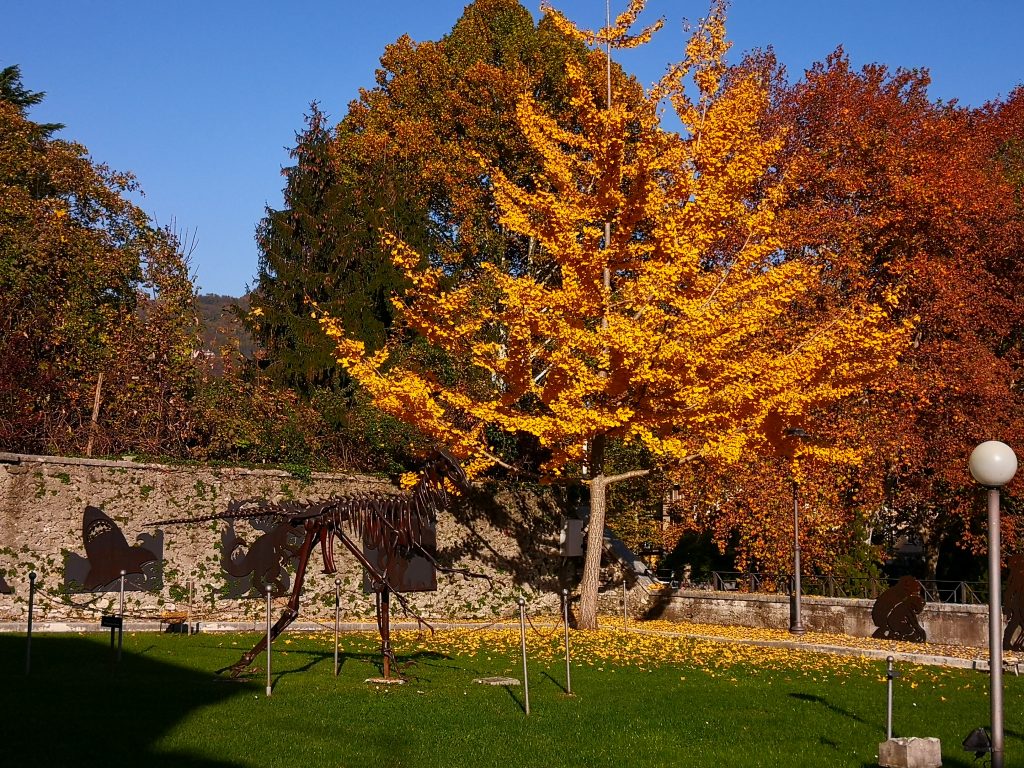HISTORY OF THE MUSEUM
It was back in 1929 when the district doctor Domenico Dal Lago donated his extensive collection of geological findings to the Municipality of Valdagno. It is a heritage that has been preserved and grown over the years: during his visits to patients he would retrieve materials for his studies, driven by a desire to gather useful information to understand the geological problems of his land and then pass this knowledge on to those who showed the same interest, especially the younger generations.
For years, the collection was kept in the Manzoni School library, at the disposal of students and professors and anyone interested in looking at it either out of passion or for professional reasons.
In 1975, as part of his degree thesis, Professor Paolo Mietto of the University of Padua conducted an in-depth study on the Dal Lago collection, highlighting its scientific importance and laying the groundwork for reorganising and cataloguing each piece, as well as its definitive arrangement.
This was a fundamental step that effectively opened a new page for the collection that had remained shut away in the library for half a century.
Indeed, on 15 October 1982, the Municipal Council of Valdagno founded and approved the ‘Dr. Domenico Dal Lago’ Museum.
A work group made up of historians and amateur palaeontologists was set up, with the support of Professor Mietto himself: with great passion, they studied the layout of the display cabinets, and selected and cleaned the most significant fossils that would later form part of the exhibition layout.
It was on 20 April 1995 when the Museum opened its doors to the public at Villa Valle in Valdagno, sharing some spaces with the Civic Library; it remained there for four years, until May 1999, when it was transferred to Palazzo Festari, which is still its headquarters today.
OPEN-AIR MUSEUM
The D. Dal Lago Civic Museum is not just about rooms and showcases with exhibits, but also continues into the garden of the architectural complex of Palazzo Festari. It is an open-air exhibition in which various testimonies of the geological history of the Agno Valley are displayed. The attention of visitors is drawn in particular to two wooden reconstructions of saurians: a velociraptor and a pteranodon, a flying reptile, surrounded not only by rocks and fossils but also by steel silhouettes that illustrate the evolution of living beings from the first marine animals to man.
In the Museum garden, visitors can also admire a stratigraphic pyramid in which all the geological outcrops in the area are positioned in chronological sequence.
THE TERRITORY

The Upper Agno Valley is an extremely beautiful area in terms of landscape and history. This is also due to the presence of the Little Dolomites and the High Lessini mountains that create a backdrop for the towns of Valdagno and Recoaro Terme.
One element that has been a feature of the evolution and beauty of these landscapes since the earliest geological eras is water. Over time, water has made the area very diversified and rich from a naturalistic point of view, particularly with regard to the geological and mineralogical aspects that have made the area well-known and studied throughout Europe since the mid-18th century.
When ascending from the Veneto plain, the first elevations to be encountered are the Valdagnese hills and the Little Dolomites, forming a unique balcony that offers wonderful views over the valleys below and, on clear days, as far as the Venetian Lagoon.
The area still boasts an amazing number of trails, with varying degrees of difficulty and therefore particularly accessible, and date back to the various footpaths and routes that were made during World War I.
Useful links:
Energy Trail: www.itinerarioenergia.it
Little Dolomites Ring: www.anellopiccoledolomiti.com



